This post contains affiliate links. Read my Disclosure Policy for more information. Thanks for your support!
Knitwear Design Software
A while back, like a couple of years ago, I purchased the Knitwear Knitting, Crochet and Machine Knitting Design software, thinking that I would use it to create patterns for crocheted garments. The software is designed primarily for knitting, but you are supposed to be able to use it for crocheted garments as well. I wanted to create a sleeveless top using the Lily Sugar ‘n Cream cotton I bought on sale.
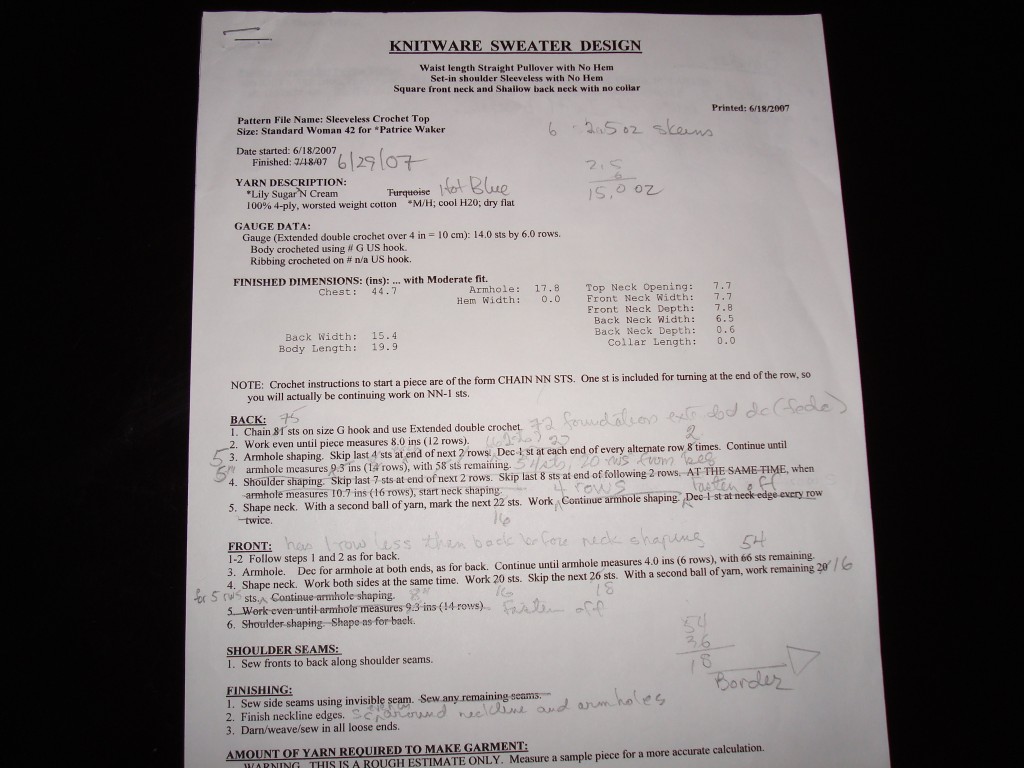
The software lets you select a style of sweater (e.g., cardigan, pullover), the size (from a list of standard sizes, or you can input custom sizes), and the type of sleeve, collar and hem you want. Once you have selected your stitch and input your gauge, the software spits out a pattern that you can follow to create the garment. It also gives you an approximate amount of yarn that the pattern will require. So you basically have everything you need to design your own stuff.
The “Elmore” Stitch
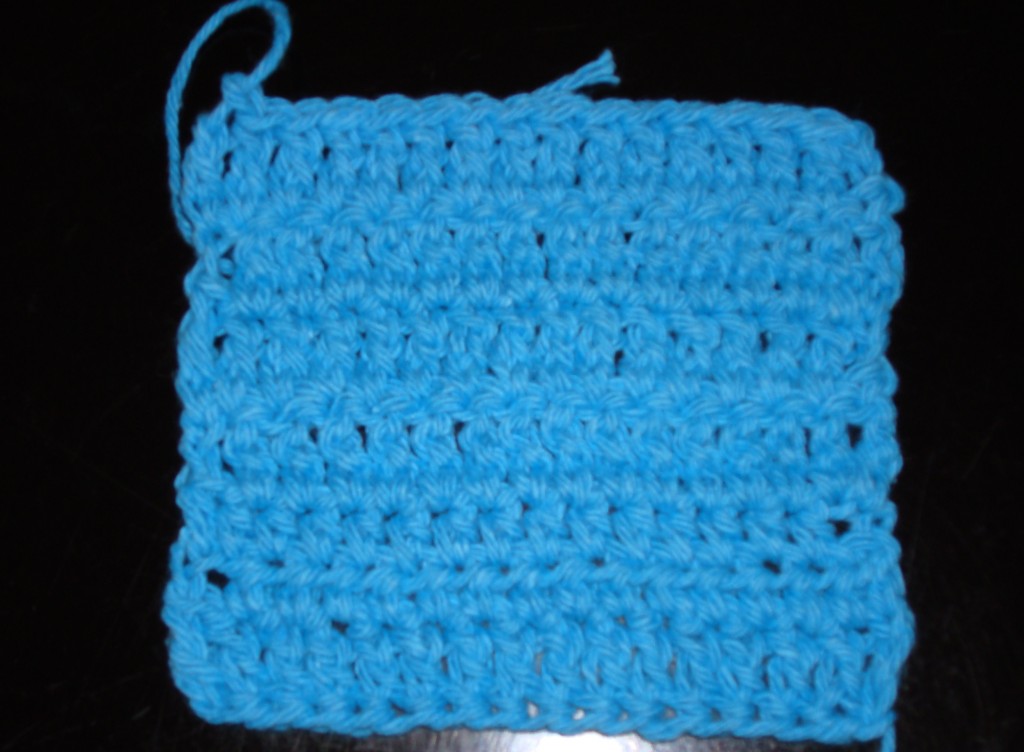
I started this project right after I finished the Spiderweb Cardigan, during the creation of which I learned about the “Elmore” method of crocheting, aka extended single, double, or whatever crochet. So I used an extended double crochet as the stitch pattern for this top because the swatch I made from it appeared to create a fabric that draped a little better than the regular double crochet. The extended stitch appears to be a little less thick than the regular double crochet stitch.
I searched and searched for some information on the Elmore Method of crocheting. I found a few references but not much. The one book I found on Amazon is used and for sale for $180, so his works are out of print. I believe William Elmore, the creator of this method, passed a way a while back. I talk a little about the extended stitches in my post on the Spiderweb cardigan right below this one.
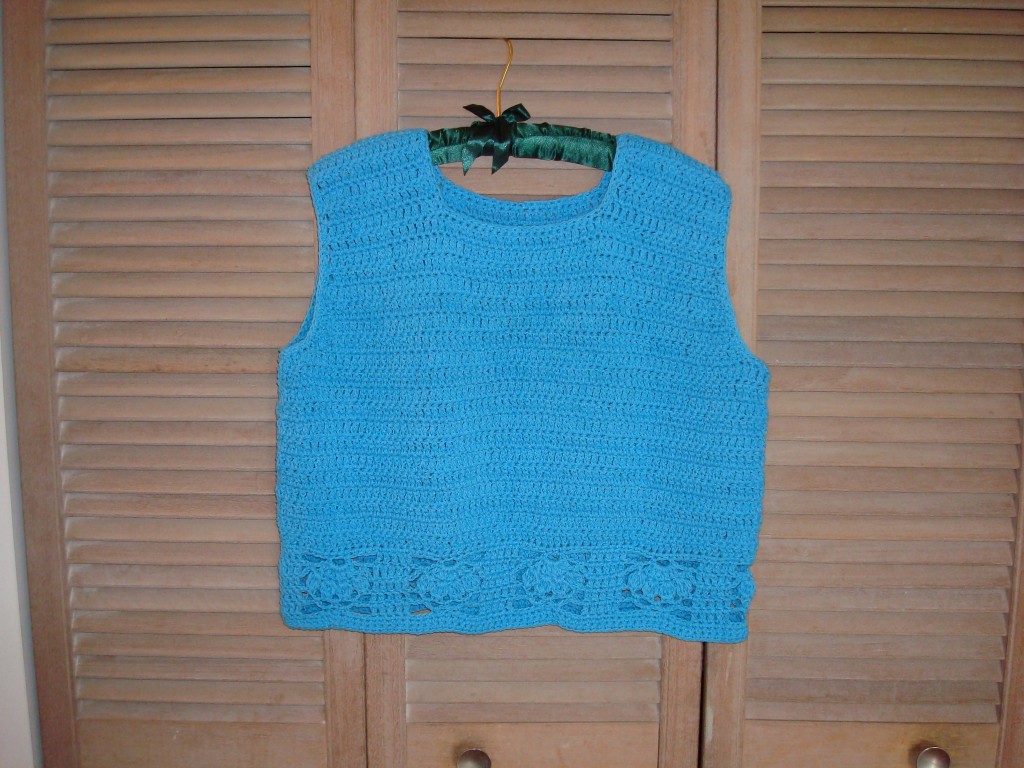
Knitwear Design Software Creates Detailed Pattern “Directions”
The pattern instructions are not the kind of row-by-row, stitch-by-stitch instructions found in the commercial patterns we’re used to working from. But you have more than enough detail to create the garment. I found I had to make some adjustments because my original size calculations were off. But I could make these modifications right on the printed pattern as I crocheted. If I ever decide to publish the pattern, I have the original pattern plus the modifications on paper from which to create a commercial pattern.
I Added A “Stitch Guide” Border
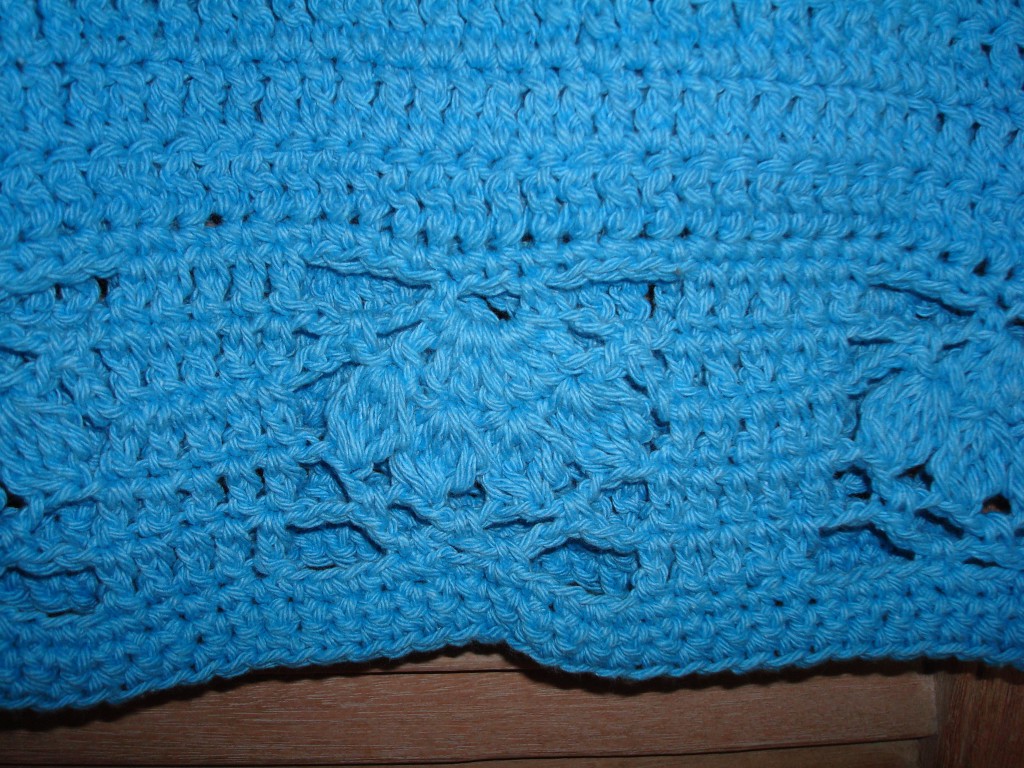
The border was not a part of the pattern that the software produced. After I finished the bodice, I went through my collection of stitch guides and found the pattern for the border.
In selecting a stitch pattern, I had to make sure that the number of stitches around the bottom hem matched the stitch “multiple” that the pattern stitch called for. So I worked the bodice from the bottom up and the border from the bottom hem down. I could probably start from the border and work up, too.
Pattern Grading Still Eludes Me
The one thing I haven’t learned yet is how to make adjustments for the different sizes (i.e., small, medium, large, etc.) that commercial patterns calll for. Hmmm … I guess I could use the software to create patterns for the other sizes and then combine everything into one commercial pattern. I think I’ll leave that for another day.
I hope that all made sense. I like the final result with the only exception being that the cotton yarn I used is too thick. Maybe I’ll create another top in a lighter weight cotton.

Love that bird of paradise!
Update 7-4-11: Lost the original photo of this flower that was in my yard, so I found a beautiful substitute (thanks Stephen Edgar!).


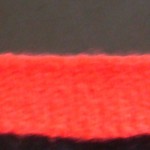
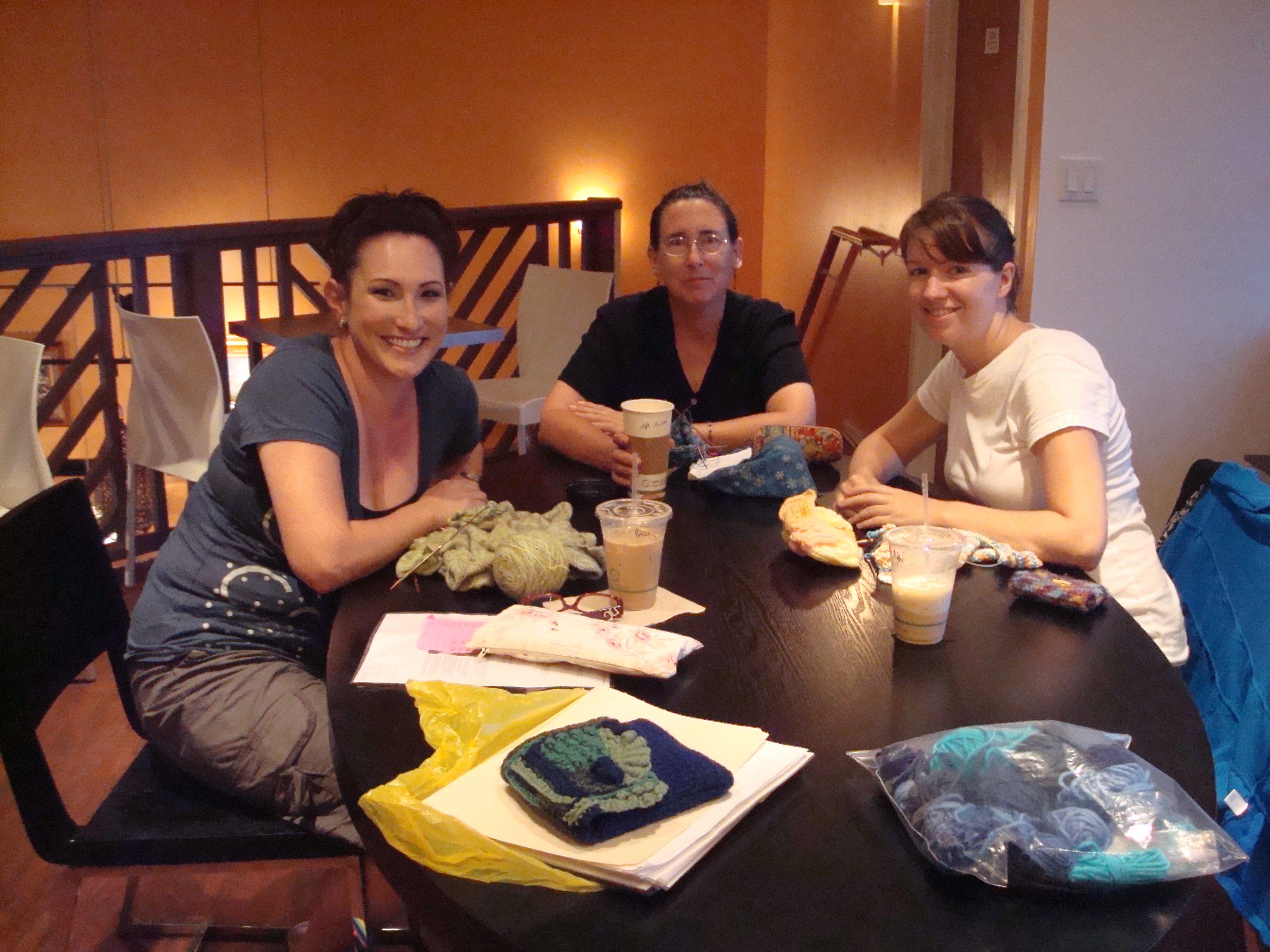
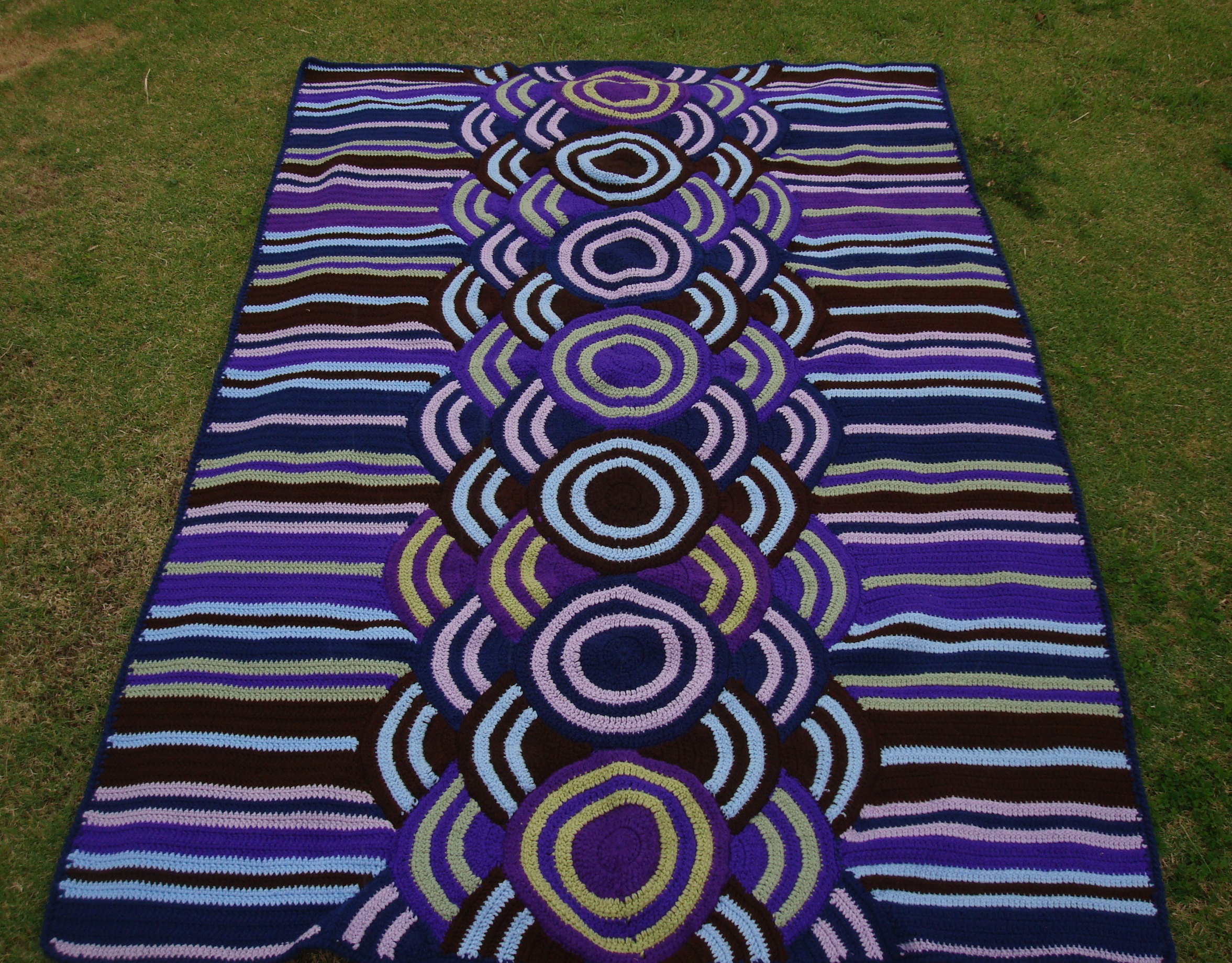
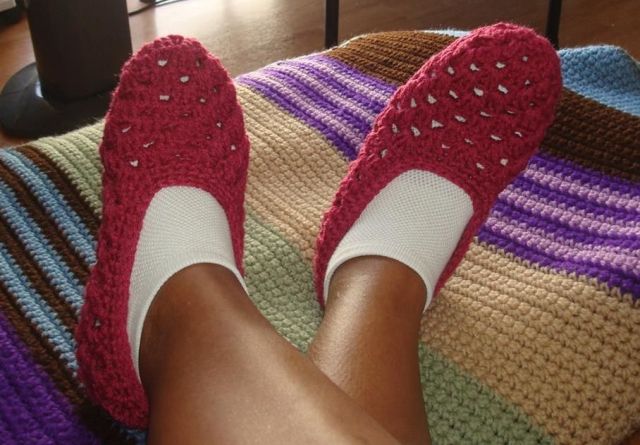
8 comments On Experimenting with Knitwear Design Software
Hey, that’s pretty cool. Do you remember how much you paid for the software and where you got it from? have. I’m curious, are the pattern results something similar to Josi Hannon-Madera’s? I love her stuff, but her patterns are hard for me to follow.
That top is gorgeous! That project is a definite success.
Hey Opal! Thanks!!
Nicole, if you click the link for Knitwear in the post, it will take you to the site I believe I purchased it from. Each of the 3 modules sells for $54. I have 2 of them – the sweater and skirt modules.
I have a couple of Josi’s patterns and hers have more detail than what the Knitwear software produces, more like regular commercial patterns. I had to make some modifications to my pattern because some of the instructions didn’t work out. They were fairly easy to make, probably because the pattern itself is pretty simple. I’m not saying it’s the software’s fault. I have just been playing around with it; I don’t know all that it can do, and I’m sure there are people out there who know its full functionality better than I do. There used to be a yahoo forum for users; don’t know if it’s still exists. The developer retired and sold the company and I lost track after that.
Hope that helps. let me know if you have more questions.
The post does make sense. Unfortunately, there s no software for knitting that “grades” (makes multiple sizes); you have to create each size, then add it to the original pattern. Now you see why it takes so long to write knitting patterns; it’s a bit time consuming.
The post does make sense. Unfortunately, there s no software for knitting that “grades” (makes multiple sizes); you have to create each size, then add it to the original pattern. Now you see why it takes so long to write knitting patterns; it’s a bit time consuming.
Hey Sahara, yep I thought that was how you had to do it. But at least I know it’s something the software can do for each size and I don’t have to tax my brain with the math trying to figure it out :-)!
I like that you put a picture of a flower at the end of your posts. That’s such a nice touch.
Nicole, all these years later, as I go through this blog re=inserting photos, I discover a comment I never responded to. You may not read this since it’s been so long, but I felt duty-bound to answer your question. The software comes in modules (e.g., skirts, sweaters, basic) and each one costs around $30 – $35. Click the link at the beginning of this post. It will take you to the site that sells this software
Sliding Sidebar
Categories
Privacy Overview